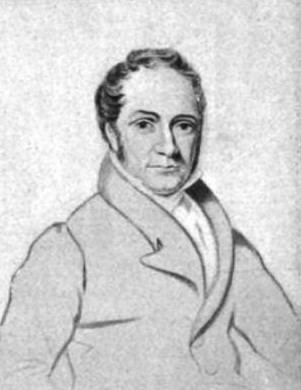Name Samuel Brown | Role Engineer | |
 | ||
Samuel Brown was an English engineer and inventor credited with developing one of the earliest examples of an internal combustion engine, during the early 19th century.
Contents

Brown, a cooper by training (he also patented improvements to machinery for manufacturing casks and other vessels), has been described as the 'father of the gas engine'. While living at Eagle Lodge in the Brompton area of west London, from 1825 to 1835, he developed 'the first gas engine that unquestionably did actual work and was a mechanical success'. He set up two engines for demonstration purposes in the grounds of the Lodge.
Samuel Brown (engineer) | Wikipedia audio article
Brown's Gas Vacuum Engine
In patents dated 4 December 1823 and 22 April 1826, Brown proposed to fill a closed chamber with a gas flame, and so expel the air; then he condensed the flame by injecting water, and operated an air engine by exhausting into the partial vacuum so obtained. The idea was evidently suggested by James Watt's condensing steam engine, flame being employed instead of steam to obtain a vacuum.
Brown later designed an engine that used hydrogen as a fuel -- an early example of an internal combustion engine. It was based on an old Newcomen steam engine, had a separate combustion and working cylinders, and was cooled by water contained within a casing or cylinder lining, circulated around the cylinders (water was constantly kept moving through the action of a pump and was recooled by contact with outside air). It had a capacity of 8,800 cc but was rated at only 4 hp. He tested the engine by using it to propel a vehicle up Shooter's Hill on 27 May 1826.
"In 1826, Mr. Samuel Brown applied his gas-vacuum engine ... to a carriage, and ascended Shooter's hill to the satisfaction of numerous spectators. The great expense, however, which attended the working of a gas-vacuum engine, prevented its adoption.The engine was also employed to pump water and to propel river boats. Brown formed a company to produce engines for boats and barges, one of which is said to have achieved a speed of 8 mph upstream. The company was unsuccessful, although this may have been due to concerns about obtaining adequate supplies of the gas fuel rather than concerns about the engines.
